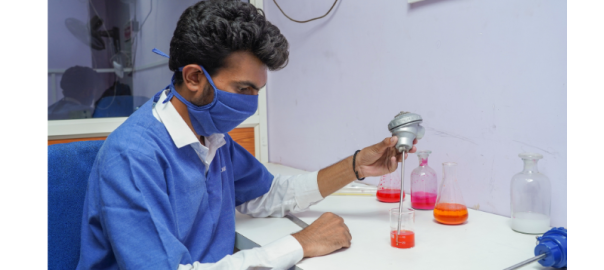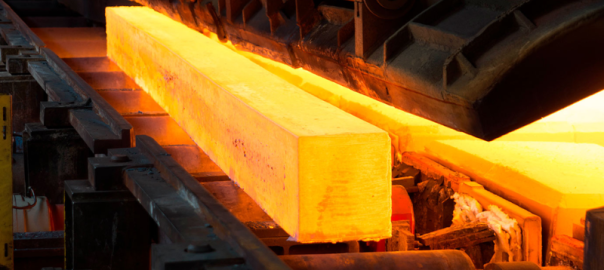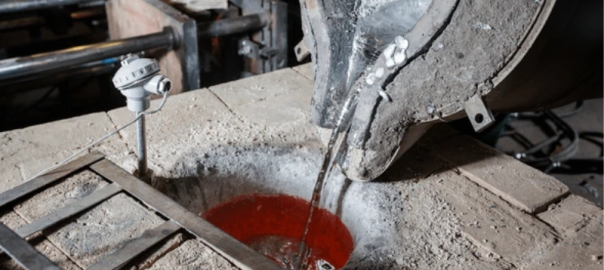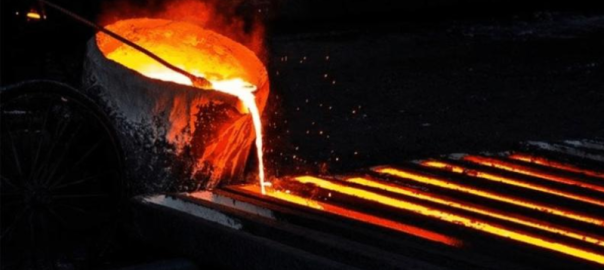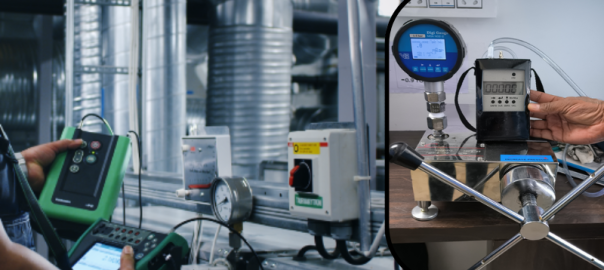
Basics of Level Measurement
Level measurement is a technique to measure the level of surface inside a tank, reactor, or vessel. For the safety and profitability of any industrial processes, It is essential that the plant must have a reliable and precise level measurement system.
Incorrect or inappropriate measurement can cause levels in vessels to be excessively higher or lower than their measured values. A low level can cause damage to equipment, while high levels can cause overflow and potentially create safety and environmental problems.
Level measurement is the measurement of a linear vertical distance between a reference point of the base of the holding container and the surface of the material in the holding container.
Why level measurement is important?
Accurate measurement of the level of the material in a tank or vessel is critical for the many process application in the bulk material handling industry.
1. Inventory ⇒ The main purpose of the level measurement is to measure the inventory in order to keep track of materials in terms of volume or weight.
2. Process Efficiency ⇒ Accurate level measurement can increase efficiency.
3. Safety ⇒ Inaccurate measurement can cause problems such as low levels can cause damage to equipment, while high levels can cause overflow and potentially create safety problems.
Types of Level Measurement Technologies
Based on the measurement techniques, a Level measurement can be classified into mainly two categories:
1. Point Level Measurement
Point level sensors measure preset levels of liquid, slurry, or solid media at the desired set point. When the material reaches a specified level it will trigger the output or indication.

The sensors used for point level measurement are Capacitance Probe switches, Mechanical Floats, Single and Multi-point level switches, Rotating Paddle switches, Vibrating Tuning Fork switches, etc. These are the different level measurement devices.
2. Continuous Level Measurement
Continuous level measurement sensors monitor the level of solids and liquids in storage tanks, vessels, and other open/closed storage systems.

The sensors used for continuous level measurements are Continuous Level Radar Sensors, Guided Wave Radar Level Sensors, Hydrostatic Transmitters, Ultrasonic Level Sensors, Magnetic and Pneumatic Visual Level Indicators, etc.
Point Level Measurements
Capacitance Probe Switches

Capacitance probe switches are rod-shaped sensors, once installed in the closed vessels or storage tanks serve as a capacitor.
Capacitance sensors are most popularly used in liquid storage tanks. However, this type of sensor is used in various tank level applications such as food equipment, mobile fluid containers, and medical.
Capacitance level sensors have some advantages like,
⇒ No mechanical or moving parts
⇒ High Life Span
⇒ Simple installation and replacement in case of a defect
⇒ Small in size
Conductivity(Resistance) Level Sensors

A conductivity or resistance is another type of point level sensor which uses a probe to detect the changes in conductivity.
The probe has a pair of electrodes that apply a small alternating current. When there is a liquid around the probe it causes current to flow which signals a high or low level.
The advantage of conductivity or resistance level sensors are,
⇒ Simple in design
⇒ Robust and Low in cost
⇒ Installation is possible at any point
⇒ Multi-point detection is possible
Rotating Paddle Switches

A rotating paddle is attached to the shaft of the sensor. An electric motor drive the shaft and the rotating paddle rotate freely in the absence of the material. The motor is mounted on the sliding fit rotating disc which is connected with the spring.
When the paddle covers with the material, torque requirement increases which extends the spring. The spring extension is detected and power to the motor will be turned off until the paddle will uncover from the material.
This type of sensor usually used to detect solid material. The life span of the sensor is mostly affected by the following factors,
⇒ Wear and tear due to motion
⇒ Ingress of dust
Vibrating(Tuning Fork) Level Sensor

The vibrating level sensors used two forks which vibrate at their natural resonant frequency. The switch is usually mounted on the side or top of a tank using a flange.
In the absence of material, the tuning forks vibrate at their natural resonant frequency which is detected by the detector circuit. When covers with the material the vibration frequency changed that is detected by the detector circuit.
The advantage of vibrating fork level switches are,
⇒ They are unaffected by the flow, bubbles, foam
⇒ Cost-effective and compact in size
⇒ Easy to install
Continuous Level Measurements
Ultrasonic Level Sensor

Ultrasonic level sensors use sound waves to detect the level in the closed tank. The sound wave is traveled towards the object and is reflected back to the sender. Thus we can call it a type of sound level measurement technique.
The time traveled by the ultrasonic pulses is calculated to measure the distance of the object. An ultrasonic level sensor is generally mounted on the top of the closed tank.
The advantages of the ultrasonic level sensors are,
⇒ It has no moving parts
⇒ It is small in size
⇒ Very reliable
⇒ Non-contact type measurement
⇒ Self-cleaning
Radar Level Sensor

Radar is also a continuous type level sensor and works on the same principle as the ultrasonic level sensor. The ultrasonic level sensor uses sound waves whereas a Radar level sensor used radio waves. This is also a type of sound level measurement technique.
To measure the level of the liquid or solid material, radar signals are transmitted by the antenna of the radar instrument located on the top of the storage tank.
This radar signal bounces off the product surface and returns to the antenna. The transmitter measures the time delay between the transmitted and received signal, which is used to measure the distance of the object.
Advantages of the radar level sensors are such as,
⇒ High Accuracy
⇒ Non-contact
⇒ It can detect obstructions in chutes or presses
⇒ Used in places which is hard to handle
Summary
In this article, we have seen the basic level measurement and some basic sensors used to measure the level.
Sensors like Capacitance, Resistance, Tuning Fork, etc. are used to measure a point level measurement. While ultrasonic and optical level sensors are used for continuous level measurement. These are all the different level measurement technologies.
Thank you so much for reading this article, if you like this article, please share it with your friends and colleagues.
Source: InstrumentationBlog








